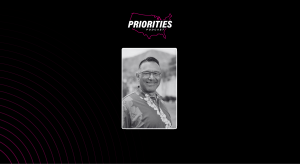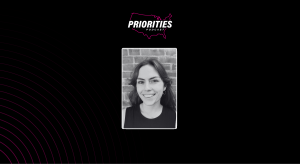California, Texas slated to benefit most from new FCC broadband fund

California, Texas and Michigan would benefit most from the Federal Communications Commission’s $20.4 billion Rural Digital Opportunity Fund over the next decade, according to a breakdown released this week.
The FCC said last week that the new fund, which is expected to serve 6 million homes and businesses nationwide, will be dispersed in two phases, starting with a $16 billion round that will distributed through a reverse auction beginning in 2021. According to the FCC’s analysis, the first phase will bring high-speed internet to approximately 421,000 homes and businesses in California, 381,000 in Texas and 286,000 in Michigan.
“I’ve said that the Rural Digital Opportunity Fund would be our boldest step yet to bridge this divide, and today we get a glimpse of the broad impact this investment in rural America would have across the country,” FCC Chairman Ajit Pai said in a press release. “Our staff’s initial estimate shows that in 25 states there would be more than 100,000 locations that would be eligible for Phase I of the Fund, and the benefits would be felt from the Pacific Coast to the Great Plains, and from Appalachia to the Gulf Coast.”
Homes and businesses that are “wholly unserved” by broadband providers will be eligible for the first phase of funding, while the remaining $4.4 billion will be dispersed in the a second phase to partially served areas following the conclusion of the initial round. The FCC estimates that every state will see at least 5,000 new connections, though New York and Alaska are ineligible because both states already have programs to close their digital divides, like New York Gov. Andrew Cuomo’s “Broadband for All” program.
How the FCC determines which areas lack broadband service has been criticized for misrepresenting the scope of the digital divide, because it classified census blocks as entirely “covered” even if just a single address had access to broadband, vastly overstating how well those areas are served.
During the first phase of the Rural Digital Opportunity Fund’s distribution, the FCC plans to collect more granular data through a new mapping method it calls Digital Opportunity Data Collection, which will require telecom firms to submit data in polygonal outlines with information on download and upload speeds, and the technology used to serve each of those areas. The maps resulting from that process will be used to distribute the second phase of the fund.
The FCC will vote on the rules for the fund’s distribution at its public meeting Jan. 30.






